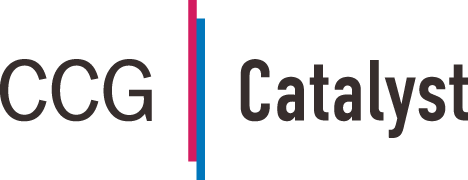What is Open Banking?

What is Open Banking?
Open banking refers to financial practice and technology that allows access and a degree of control over business and consumer bank accounts through third-party applications connected via an Application Programming Interface (API).
With open banking, all authorized banks have to allow consumers to share their financial data, e.g. regular payments, spending habits, and companies used (e.g. bank, saving statements, credit card, etc.) with authorized providers – as long as consumers give their permission. The idea behind open banking is to bring more innovation and competition to financial services which will lead to better and more products to help you manage your finances.
How Does it Work?
Under new PSD2 regulations, financial institutions and banks are required to provide an API to enable authorized third parties to connect the platform of the bank in a secure way in order to access the financial details of a customer and make payments.
Via the Application Programming Interface, third parties can allow a consumer to securely connect to their underlying bank or financial institution to send a payment seamlessly through the third-party’s website or app. This enables consumers to pay in a secure, fast way through a bank transfer, with the funds then sent from their bank account directly to the merchant in real-time.
Benefits of Open Banking
Using open banking has a wide variety of benefits that can help you operate your business more efficiently. Following are the primary benefits of open banking:
- Payment type flexibility
- Reduce cost
- Reduce business risk
- Payments in real-time
- Actionable real-time reporting
Open Banking Examples
Following are some examples of fintech applications that utilize open banking:
- Personal Financial Management: As a business, you can recommend personal financial management products to help your consumers efficiently manage their finances. Wealthfront and Mint offer similar services.
- Recurring Payments: You can offer recurring payment services to your consumers. ApTap and Subaio use open banking to offer these services to consumers.
- Financial Product Aggregator: You can offer your consumers details of financial products, e.g. credit cards, loans, etc. that they hold in one interface. Tink and Plaid offer such services.
- Checking Credit Risk: You can utilize open banking to help underwriters and lenders instantly access the credit history of the applicant and make faster credit risk decisions. Zip Pay, Afterpay, and Klarna are some key examples in this space.
Is Open Banking Safe?
Yes. As long as providers are authorized, they will only be able to access data that is required for the specific service you have signed up to. For instance, if you request to look at your current account with one bank, the provider will not be able to look at a credit card that you hold with that bank unless you give explicit permission. Apart from this, all providers must comply with data protection rules, e.g. GDPR regulation. Keep in mind that you don’t have to opt in if you don’t want to.
Should I Use Open Banking?
Open banking has the potential to transform how you manage your finances. However, whether or not you should use it is entirely up to you. It’s for you to decide if you don’t mind sharing your data with third parties to be more in control of your money or get a better deal. Keep in mind that if you go down that route, you should be better protected than you currently are thanks to the various safeguards in place.
Always remember that when it comes to new product recommendations, there are no guarantees that they will cover the entire market. So, before you make the switch, do your homework, and if you don’t want to use open banking, know that you don’t have to.
References
https://www.insiderintelligence.com/insights/open-banking-api-trends-explained/
https://money.usnews.com/banking/articles/what-is-open-banking
https://www.investopedia.com/terms/o/open-banking.asp
CCG Catalyst: We bring innovative strategies and partner with our clients to solve their toughest challenges. Contact us to learn more about our bank consulting services.

